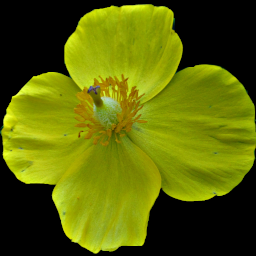A beautiful flower that grows among the weeds in vacant lots and waste areas; this one was growing a few feet from the streetcar line in Beechview, where it was blooming in late July. Flowers are either pale pink or white, and the leaves are deeply lobed. (The similar Malva moschata has much more finely divided leaves.)
Gray describes the genus and the species:
MALVA [Tourn.] L. MALLOW. Calyx with a 5-leaved involucel at the base, like an outer calyx. Petals obcordate. Styles numerous, stigmatic down the inner side. Fruit depressed, separating at maturity into as many 1-seeded and indehiscent round kidney-shaped blunt carpels as there are styles. Radicle pointing downward. (An old Latin name, from the Greek name, malache, having allusion to the emollient leaves.)
* * Flowers only in the upper axils, somewhat racemose or paniculate.
[Because Gray’s description of M. alcea depends on his description of M. moschata, we reprint both species here.]
M. moschàta L. (MUSK M.) A low perennial, with mostly simple pubescence; stem-leaves 5-parted, and the divisions once or twice parted or cleft into linear lobes, faintly musky-scented; flowers rose-color or white, large, on short peduncles crowded on the stem and branches; fruit downy. — Fields and roadsides, abundant in e. Canada and n. N. E., occasional elsewhere. (Nat. from Eu.)
M. álcea L. Similar, with short stellate pubescence; stem-leaves onlf once 5-parted or -cleft, the lobes incised; large flowers as in the last; fruit smooth; bractlets of the involucel ovate. — Escaped from gardens in N. E., Pa., and Mich. (Introd. from Eu.)






